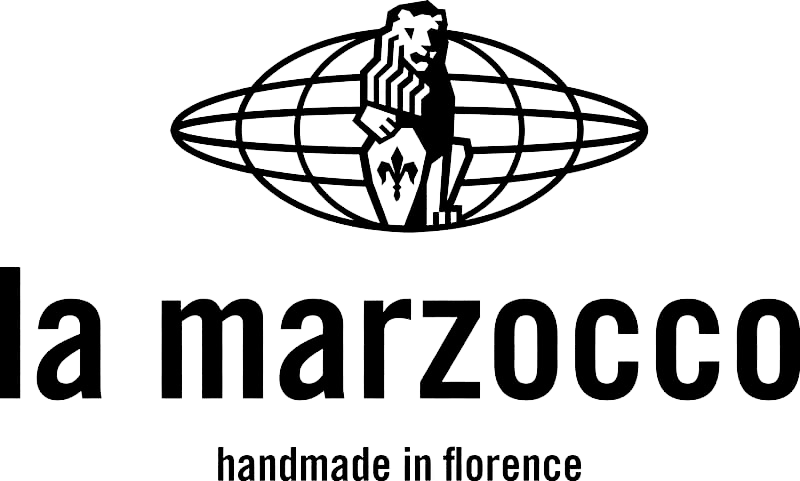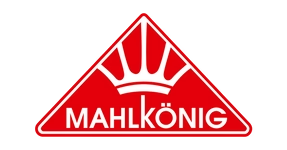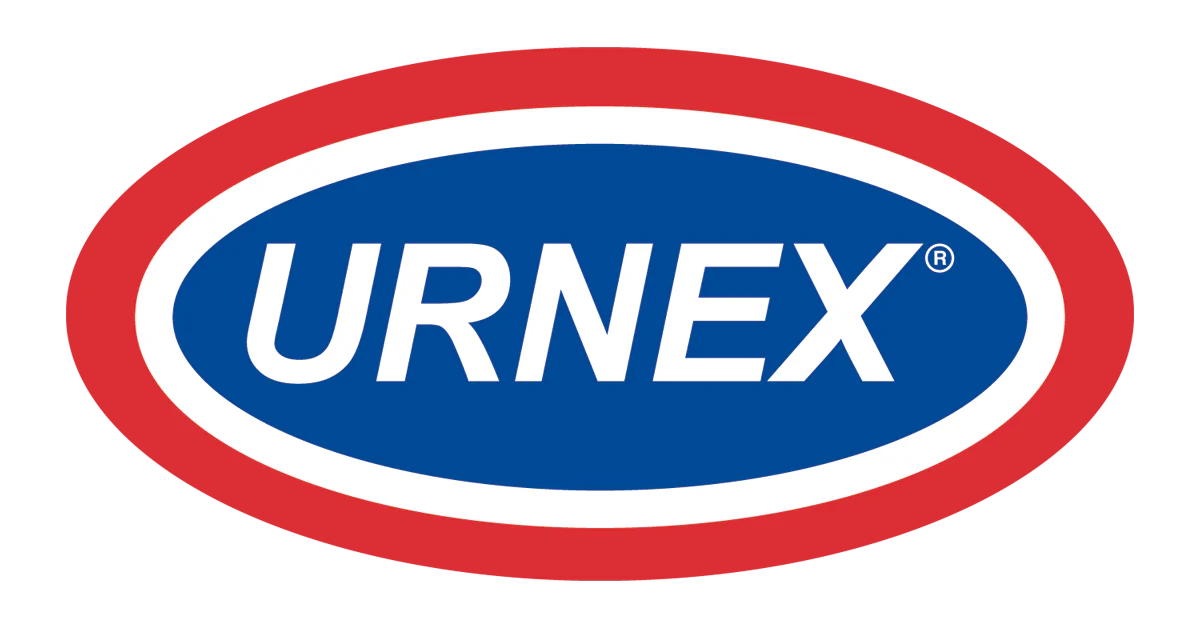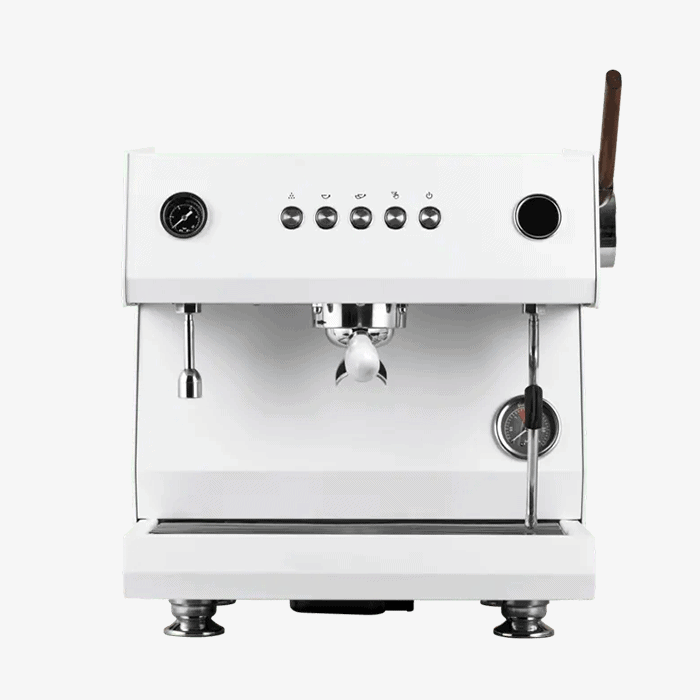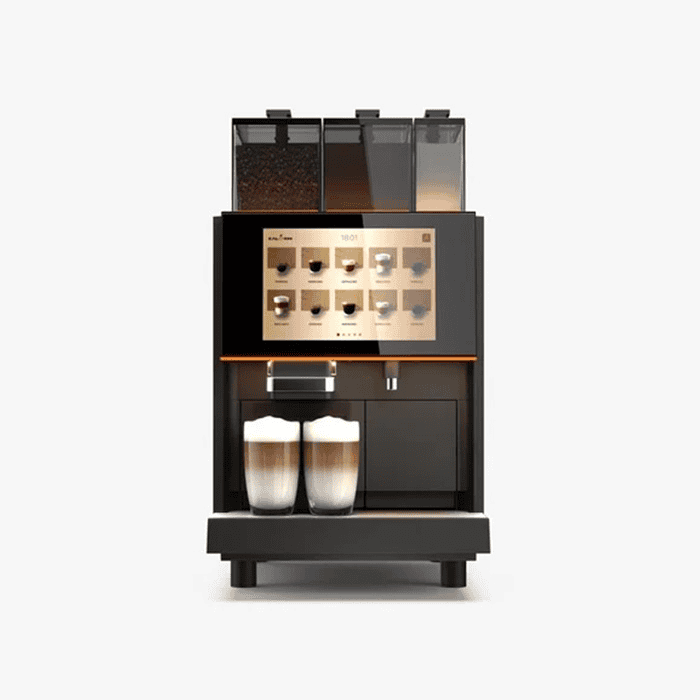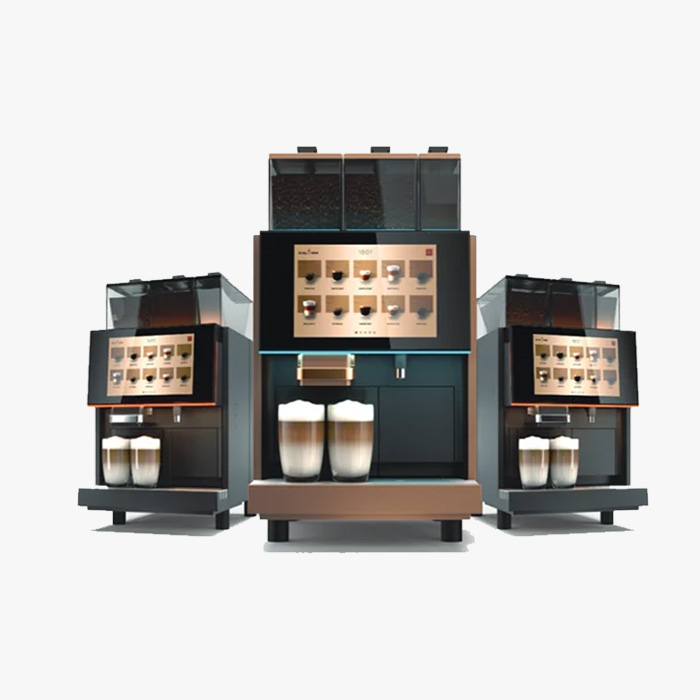The function of an espresso coffee machine has become more important than ever in a world where coffee has transformed from a quick morning ritual to a sensory experience. Knowing the various kinds and characteristics of espresso machines can help you make the best investment for long-term coffee excellence, whether you’re a café owner, hotelier, or passionate home barista.
Our specialty at Kaapi Machines is assisting individuals and companies in locating espresso solutions that meet their specific requirements. The main categories of espresso makers and the crucial characteristics that characterize high-quality brewing are deconstructed in this guide.
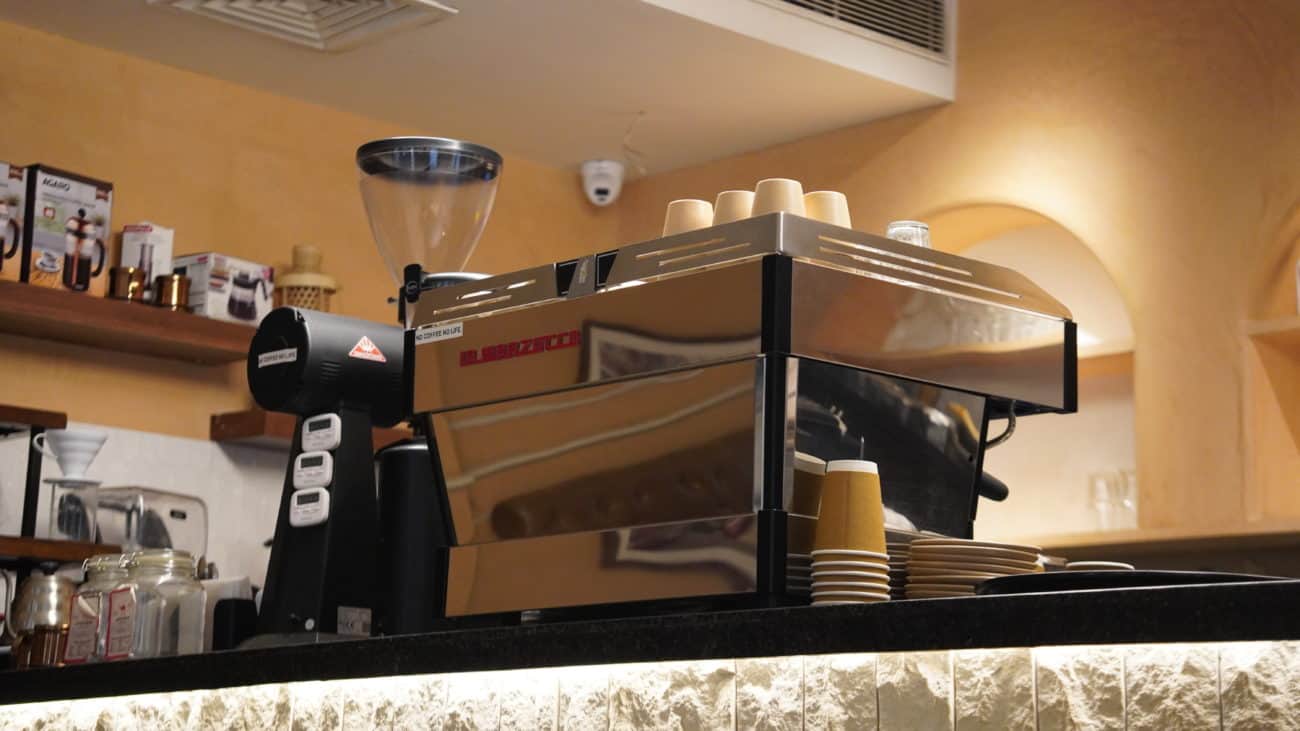
Types of Espresso Coffee Machines
Selecting the appropriate type of machine begins with knowing how they vary in operation, control, and output. Let’s take a look at the four most popular types:
1. Manual Espresso Machines
Manual machines provide total control over every aspect of brewing—water pressure to shot timing. They’re suitable for skilled baristas who desire craftsmanship and precision.
Best suited for: Craft cafés and coffee aficionados who prefer hands-on control.
Pros: Full brewing control with a traditional look
Disadvantages: Time consumption for large-volume facilities
2. Semi-Automatic Espresso Machines
These are the most common types of machines in cafés. The pump is automated, but the user adjusts the grind, tamp, and the timing of the shot.
Best for: Specialty cafés and experienced baristas
Pros: Higher consistency than manual
Cons: Manual frothing of milk is necessary
3. Automatic Espresso Machines
Automatic machines simplify the process by controlling water flow and shot time. The barista continues to grind and tamp the coffee, but gets the benefit of consistent shots.
Best for: High-volume restaurants and cafés
Pros: Increased workflow speed
Cons: Less control per shot
4. Super-Automatic Espresso Machines
They grind and dose to tamp, extract, and even froth milk. This coffee machine is ideal for businesses where speed and simplicity are the priorities.
Best suited for: Hotels, office spaces of companies, self-service stations
Advantages: Quick and uniform output
Disadvantages: Increased maintenance expense
We at Kaapi Machines feature a well-chosen range of all four categories from top industry brands such as Rancilio, WMF, and Schaerer, so our clients get exactly the right machine for their setting.
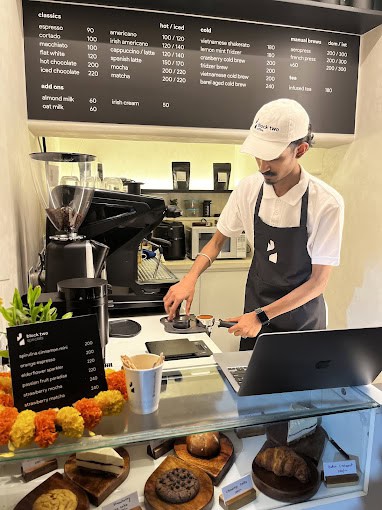
Important Characteristics of an Espresso Coffee Machine
Choosing the type is only one aspect of investing in a high-quality machine. Before making a purchase, take into account these crucial features:
1. System of Boilers
To guarantee consistent brewing temperatures and concurrent milk frothing, look for machines with two boilers or heat exchange systems.
2. Control of Pressure
To extract the ideal espresso, a standard pressure of 9 bars is ideal. Digital pressure profiling machines enable fine-tuning for various coffee beans and recipes.
3. Configurable Preferences
Programmable dosing and temperature controls increase productivity and consistency, whether you’re running a café or setting up at home.
4. In super-automatic models, a built-in grinder
A built-in grinder guarantees fresher coffee for establishments with limited space or seeking convenience.
Conclusion
Choosing the right espresso coffee machine is a blend of understanding your operational needs and knowing what features will give the desired results. From manual craftsmanship to smart automation, there’s a perfect machine for every use case—and Kaapi Machines is here to help you find it.
Frequently Asked Questions (FAQs)
1. What’s the difference between semi-automatic and super-automatic espresso machines?
A semi-automatic machine requires the barista to grind, tamp, and start/stop the shot manually. A super-automatic machine does everything—from grinding the beans to frothing milk—at the touch of a button.
2. How often should an espresso machine be cleaned?
Daily cleaning of the group head, steam wand, and drip tray is recommended. A deep clean and descaling should be performed weekly or monthly, depending on usage and water quality.














